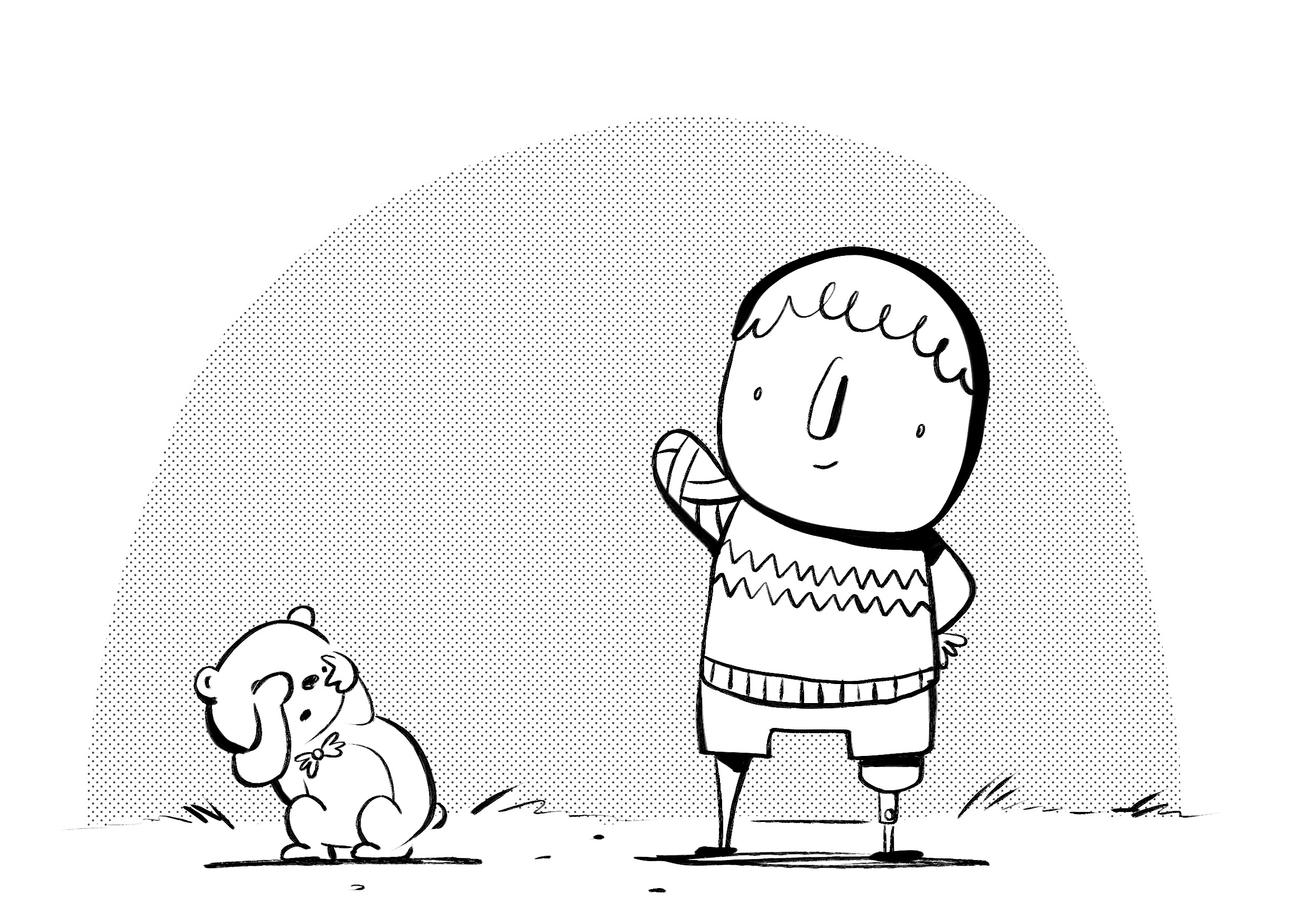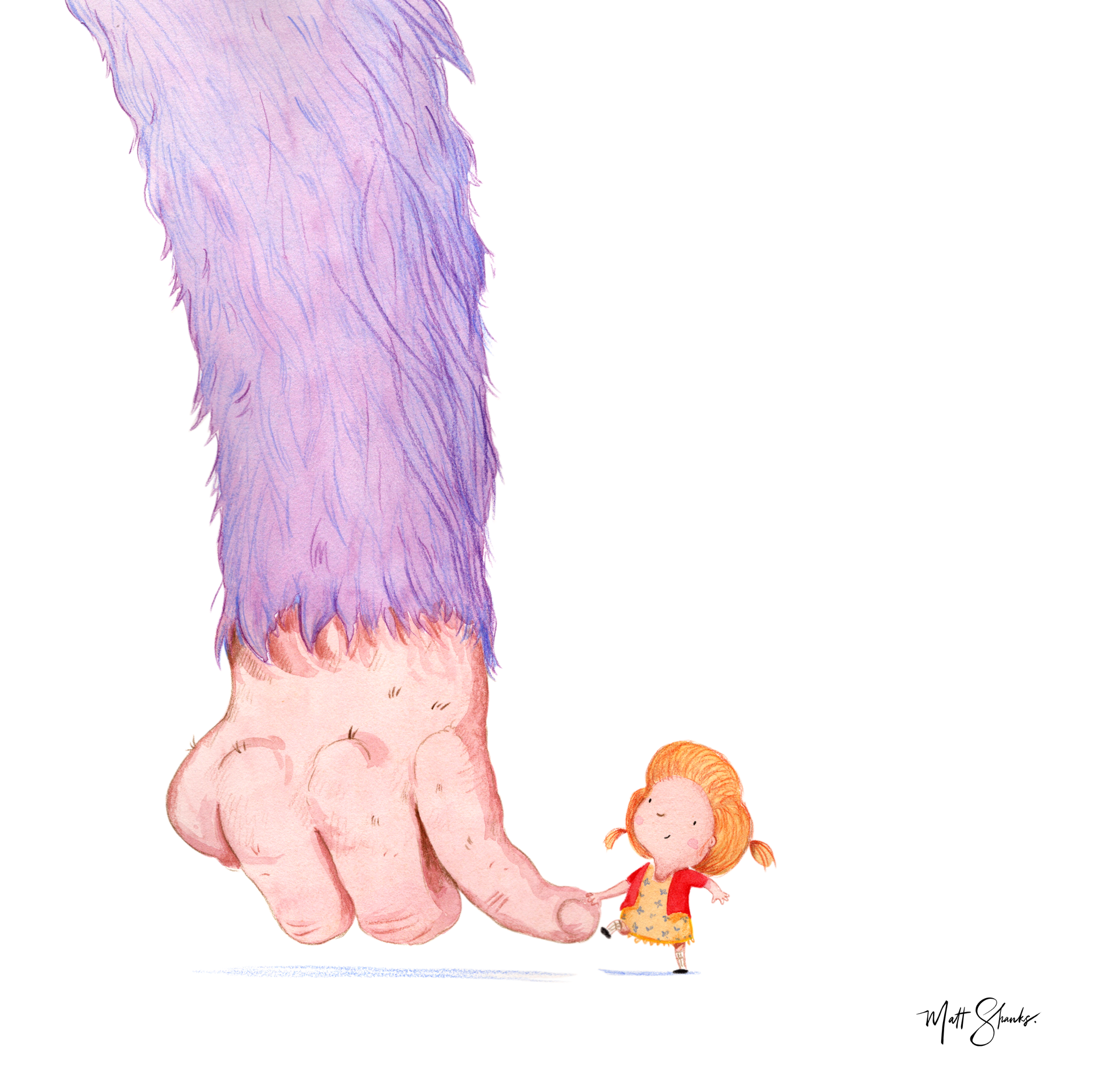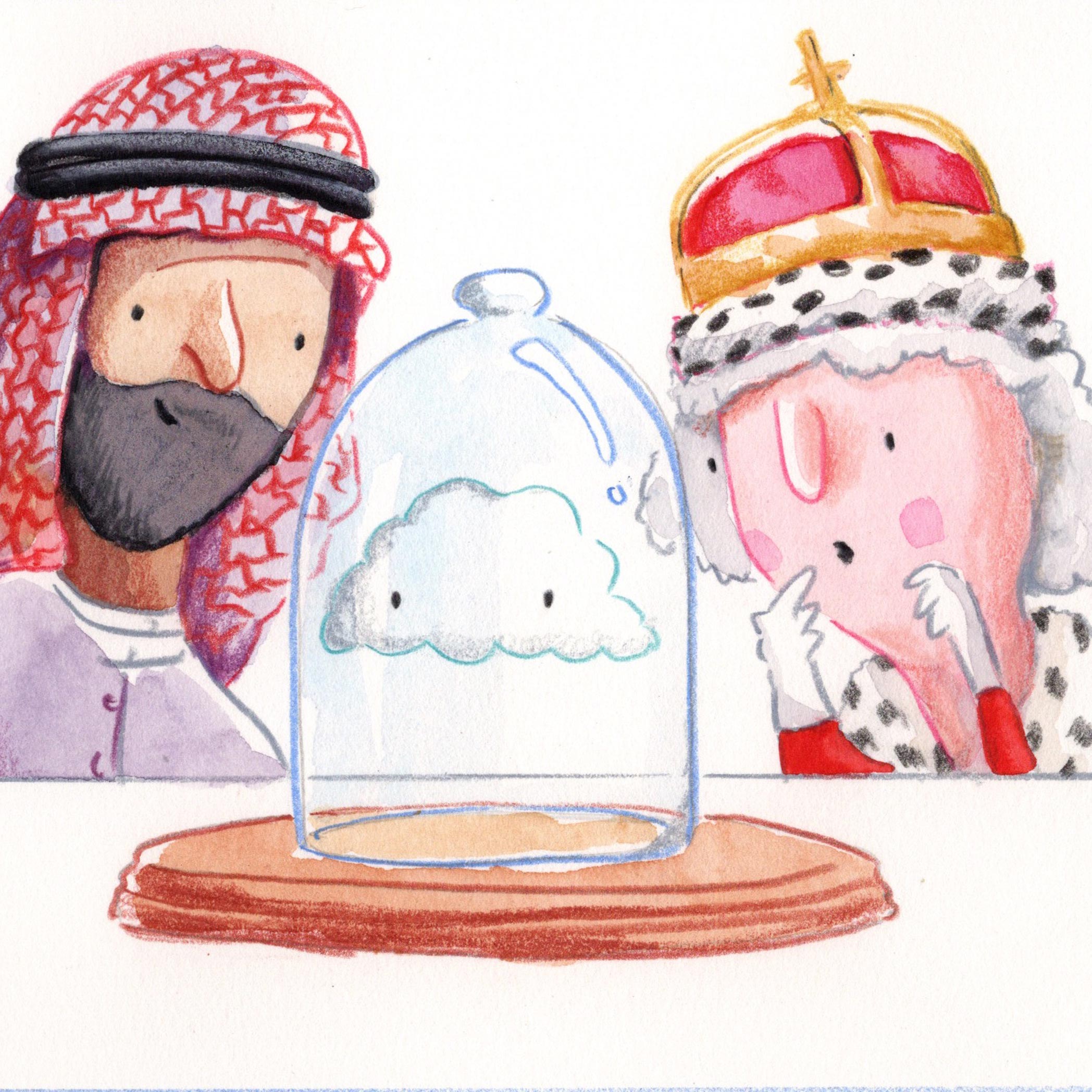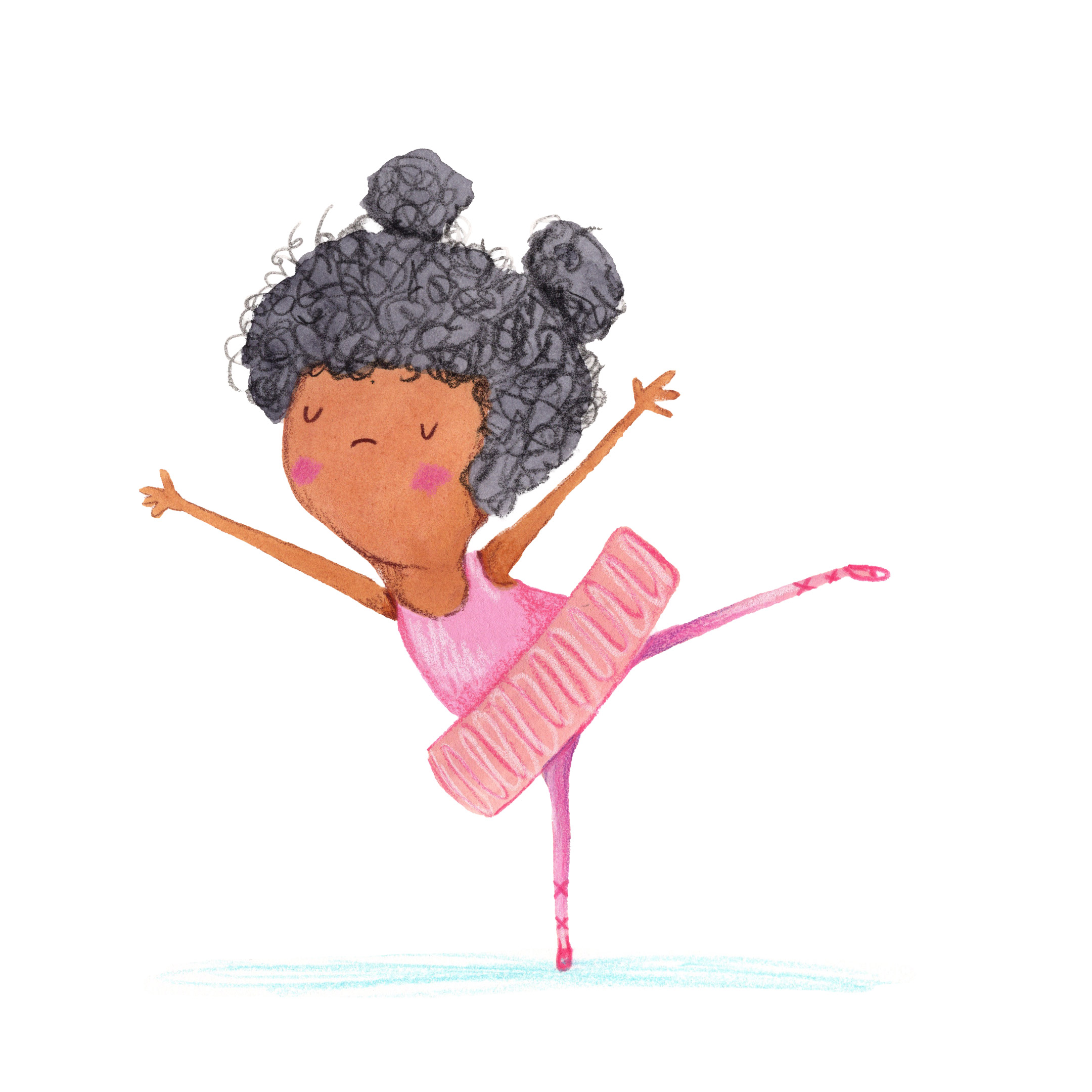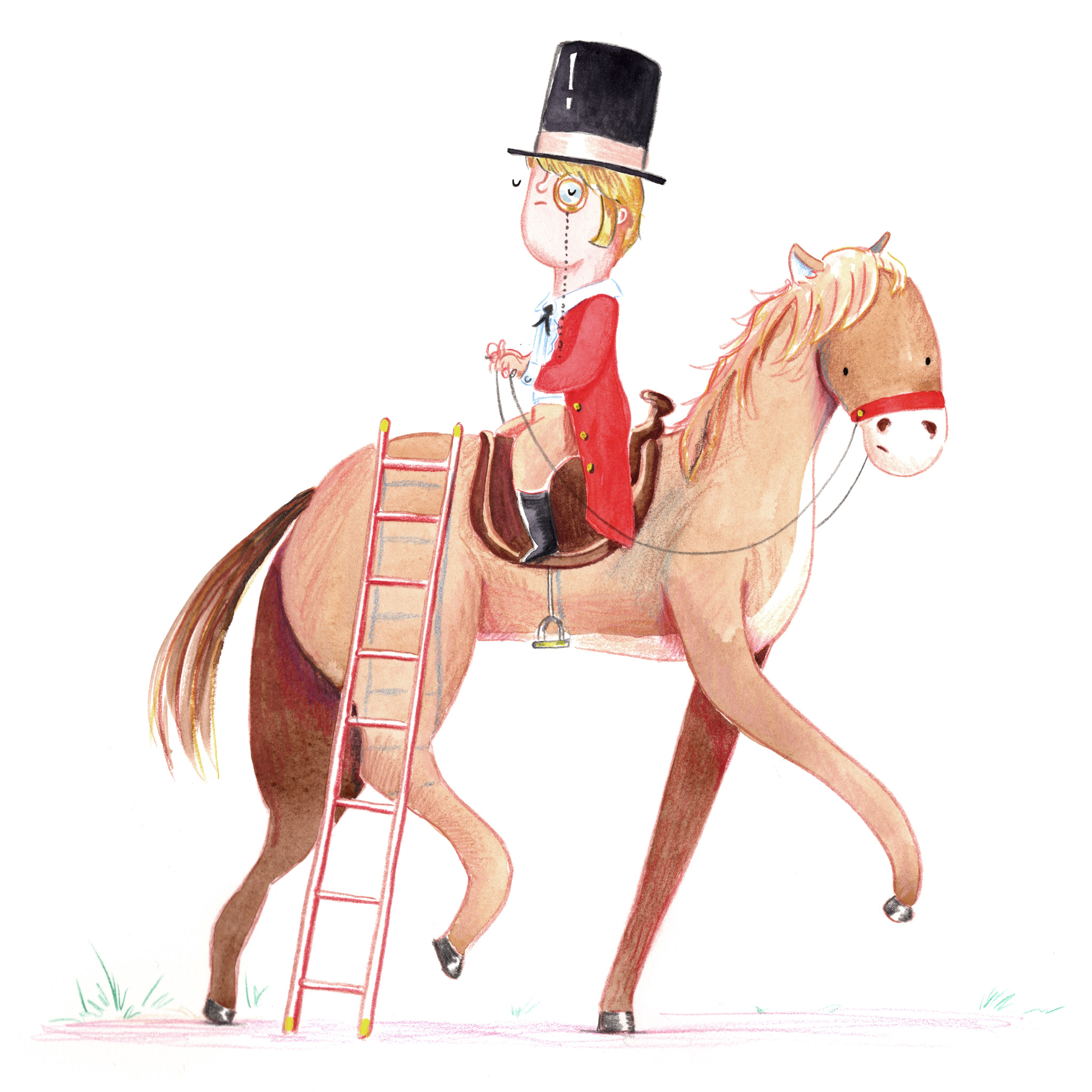I have just started working with HarperCollins Publishing. In fact, I only signed a contract with them a few weeks ago. So I was surprised when an invitation to their Annual Author Day landed in my inbox just moments after putting pen to paper. It was a lovely looking invitation and I felt very special having received it. But, what on earth was an “Author Day”?
I attend events very selectively. Sometimes what seems so great on paper turns out to be a waste of time because I either learn stuff I already know or meet people I’ve already met. That’s not to say that catching up with people I know and refreshing on topics I’m familiar with is not valuable; it’s just a fine balance when you have limited time.
When trying to decide whether I’ll attend, I typically try to answer 4 questions:
- What happens at this event?
- Is it worth attending? What will I get out of it?
- Will I know anyone there? I hate networking and let’s be honest, I’m not very good at it.
- If I go, would I go again?
Given my unfamiliarity with anything like this before, the only way for me to answer these questions was to attend. So I did. Here’s my wrap up of the event and why I think it’s one of the most useful events for a HarperCollins author/illustrator.
What happens at this event?
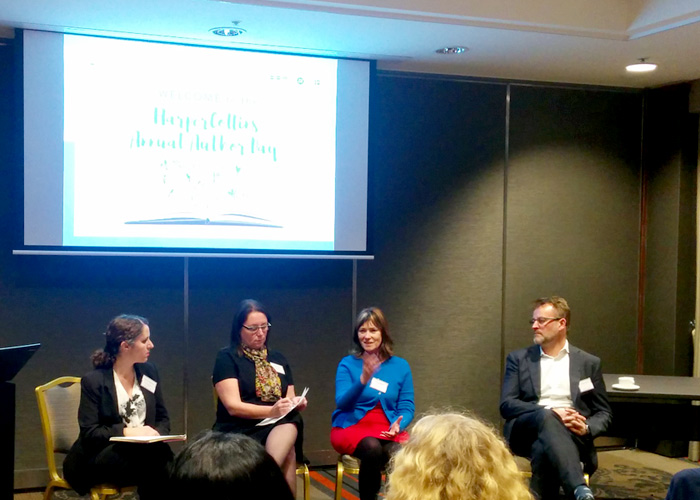
HarperCollins puts this event on so that their authors and illustrators remain informed about the broader ecosystem of publishing. It no doubt positions them well in the eyes of their creators because the day proved to be very helpful. In just over 3 hours, attendees received:
- A ‘state-of-publishing’ wrap-up from HarperCollins CEO James Kellow. He presented some statistics about global publishing trends and insights. He also spent some time informing us about the industry’s actions around the complex subject of legislative changes to book selling in Australia (Parallel Importation and Copyright changes)
- Q+A with bookseller Natasha Boyd from Book Bonding: She gave a wonderful insight in to what it’s like to start and grow a small bookselling business.
- A publishing panel session with the 3 divisions of HarperCollins. A lovely warm panel discussion that gave creators some valuable information about the trends and insights across general adult fiction and children’s divisions as well as ABC Books, now an imprint of HarperCollins.
- A chat with bookseller and owner of Readings, Mark Rubbo: Another amazing insight in to the journey of one of Melbourne’s longest running independent bookseller.
- An incredible bag of goodies! Sooo good! Think books, toys and sweets.
Is it worth attending?
The short answer is yes, this event was definitely worth attending. In a short few hours I gained an exponentially in-depth understanding of HarperCollins’ view of publishing and the challenges that publishers face. Everything from market forces that are affecting the publishing space right now to the challenges and opportunities that present themselves in the day-to-day job of selecting and curating content for books, the marketing of those books and, when it comes down to it, selling copies of them.
Whenever I attend an event like this, I like to remind myself of the key things I took away. I’ve assembled these thoughts below but this list is not everything. In a wrap-up like this, I’ll only skim the surface of some of these ideas. In fact, a few of them deserve their own post. But I don’t want anyone to fall asleep so, without further ado, here’s a very brief insight in to what I got out of it.
- Publishing is first and foremost about people. This is a no-brainer really but it’s nice to hear it articulated. Getting a book to market and selling books is about people. Strong relationships between creators, publishers, sales/marketing and booksellers are ultimately at the core of what makes and sells great stories.
- It’s difficult to predict anything in publishing. Trying to predict what’s ‘going to sell’ and what sort of content should be published in the first place is really hard. It uses a combination of quantitative and qualitative research and, for the most part, it’s difficult to get the qualitative stuff.
- Digital media is playing an important role in connecting readers that were once isolated from eachother. The day of the ‘book nerd’ is over. Social media is playing a big role in helping readers discuss, debate and share books which, in turn, helps the sales of books.
- People are still reading, they’re just reading more slowly. Our time is being split infinitely as we use new platforms and technologies. Reading is now competing with Facebook, Twitter, Instagram, News sites and other lifestyle sources. The time people spend reading books is taking up a smaller chunk of each day. People are taking longer to read books and so, in a given year, they’re reading less. This doesn’t mean that they’re not reading at all though, and that’s a very important distinction. In fact, when you take point 3 in to account, you could assume that although we’re reading less, we’re reading ‘better’.
- Other readers and bloggers are becoming influential in this space. Just as blogs became popular for fashion, a similar trend is beginning to emerge for books, particularly in the teen market. Readers now have a platform to share their views and reviews on books and these opinions are now accessible to a global audience. It means that readers can become their own content curators. They can create their own following and dare I say, make some money for their troubles. It’s remarkably similar to what happened to fashion blogging in the last 3-5 years.
- Production values in children’s books continues to be important to audiences. This one really hit home with me. It’s my personal opinion that we’re saturated by glass-based digital technology interfaces. Just like a candle’s place in a world powered by electric light, books are becoming that ‘special’ object that we gift, that we care for, that we associate with warm and fuzzy feelings.
- The key challenge with children’s books is that they need to appeal to several audiences all at once: kids, teachers and parents. As a children’s author/illustrator, this one was pretty obvious to me. I can only imagine the challenge that publishers face in the selection, curation, editing and marketing of a book when they need to consider all these different audiences for each and every book that they release.
- The rise of the independent bookseller is more evidence about Australia’s push back from globalisation. Globalisation has been a hot topic in Australia over the past year or so. We’ve had some pretty rocky times in politics and I find it profoundly fascinating that a force like globalisation can influence so much, including how we like to buy our books – from local people who care about local creators.
- People will be more likely to buy a book if they know the person/people/story behind it. Again, this is a no-brainer for me but I understand that creators can struggle to give people a bit more of themselves. Especially as most of us possess many of the traits that are typically associated with introverts. There’s no doubt (even with my own purchasing habits) that knowing a bit about the person who created the thing I’m buying makes the purchase extra special.
- Authors and illustrators are all working at their craft part-time. For most creators, book sales are not nearly enough money to be able to live from. Additional income streams are still needed. Not a day goes by where I don’t have someone say to me, “So, when are you quitting work?” Before this event, I didn’t know any other person who wrote or illustrated books, so it was a burning question for me too. Can an author/illustrator make enough money to survive from books alone? At the moment, the answer is probably not. When you learn that the average annual income of an author is $13,000 it suggests that no one is really in the author/illustrator game for the money.
- Parallel Importation and Copyright protection laws are front and centre of the Australian publishing world at the moment. I’ll be very brief with this one without getting in to the detail. Essentially, there’s some legal changes that are being proposed in Australia that could have some very detrimental effects to this flourishing industry. It’s likely to raise the price of books, and make it harder for Australian retailers to sell them. This is an incredibly complex issue, far too complex to explain in this bullet point but for more information, head on over to here and if you love books, don’t ask questions, just just sign this petition.
Will I know anyone there?
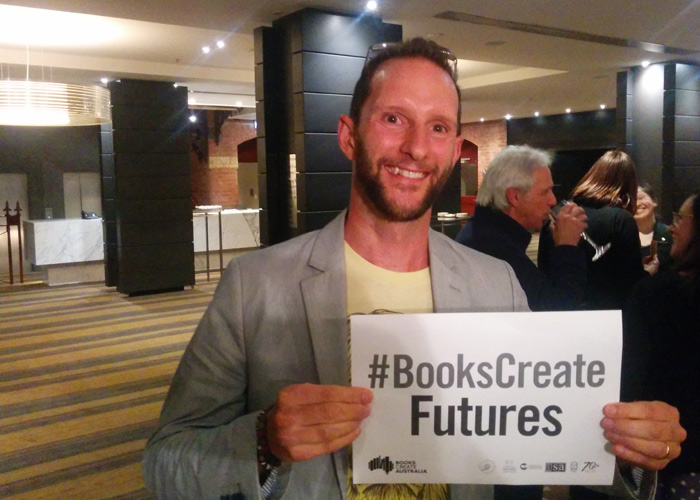
The truth is, I didn’t know a single person when I arrived at this event. I got that usual stomach churning feeling when I walked in to the space where everyone was having pre-event chats and drinks. I was surrounded by strangers that I assumed knew much more about publishing than I did. But, after a few deep breaths, I was able to muster up the courage to start talking to people. To be honest, it was probably the most valuable part of the whole day. I met so many interesting, unusual, smart and driven people. It was my first ever event with a crowd like this and it’s left me craving more.
I had great chats with (in no particular order):
- James Kellow, CEO of HarperCollins
- David Day, President of the Australian Society of Authors
- Lisa Berryman, my main contact for my upcoming book with HarperCollins
- Cristina Cappelluto, Publishing Director of Children’s books for HarperCollins
- Mark Rubbo, Owner of Readings books – a Melbourne institution
- Super awesome illustrators Lucinda Gifford & Sonia Kretschmar
- Angela Goode, Farmer, Writer and totally awesome.
So yes, even though I’ve always loathed the idea of ‘networking’ (my skin crawls with sleeze even as I type that word), it helps when you’re surrounded by such lovely people. Throughout the day, I discovered that what I really find most difficult about networking is “starting” the conversation. Once it starts, I seem to find common ground with people quickly (especially because we all have a mad passion for books) because we all have such interesting stories.
Would I attend again?
This is always the definitive question for me. Would I spend another 3.5 hours at this event next year? If you’ve read this far, you’ll know the answer. It’s a resounding yes from me. The information we received was relevant, educational, enlightening and, most importantly, heart-warming. I met some lovely people who I’ll be working with soon and, chances are, I’ll be seeing around (or at least at next year’s event). In the end, as this day has taught me, publishing is about the people.
Thanks to HarperCollins for putting on such a great afternoon and for your support of Australian creators. When big companies get behind locals it’s about as warm and fuzzy as you can get. It also provides the perfect motivation to do a great job with each and every book, together.

